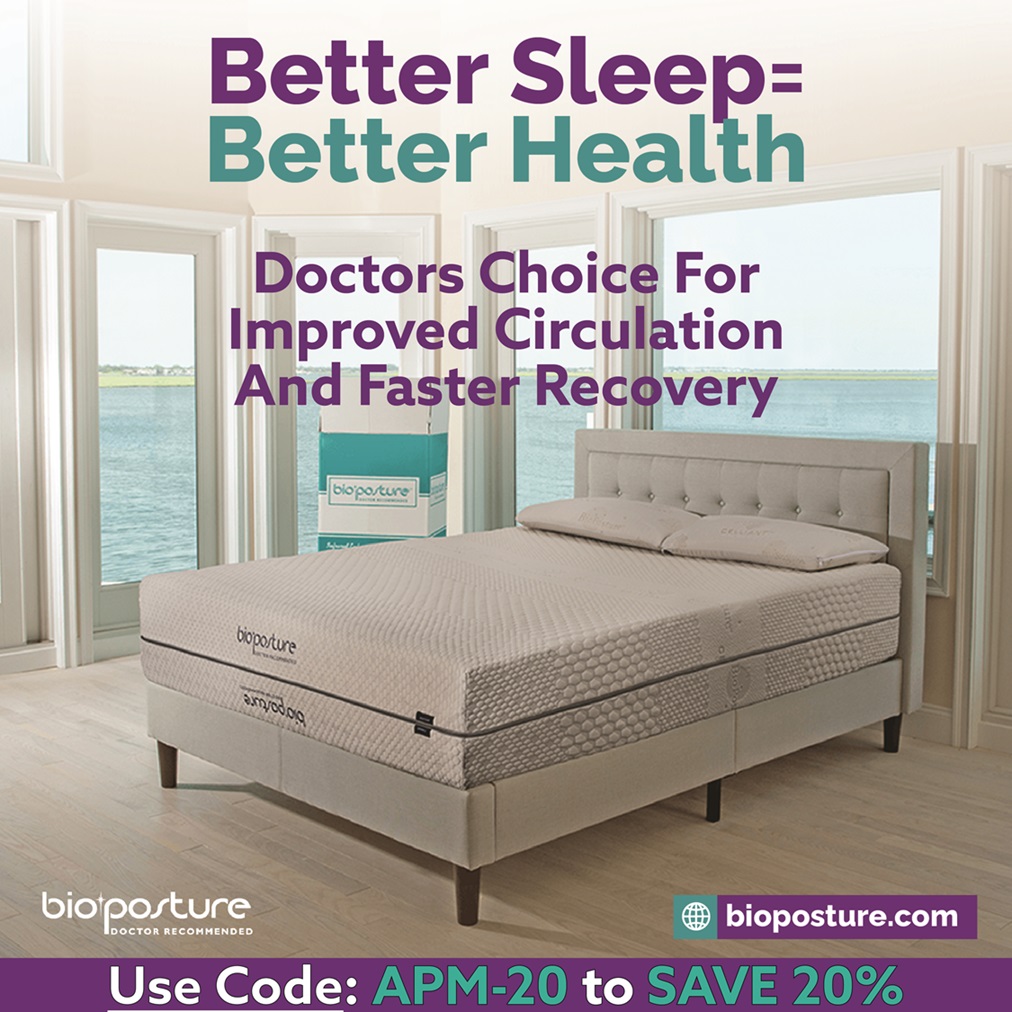
If you’re in pain or you’re trying to help someone in pain, it’s important to know about the range of treatments that are available and the risks and benefits of each. How much do you know? Take the quiz!
1. How much training, on average, do physicians get in medical school about treating chronic pain?
a. Less than two hours
b. Ten hours
c. Fifty hours
d. 100 hours
e. None of the above
2. How often does spinal fusion surgery fail?
a. 1%
b. 10%
c. 20%
d.30% or more
e.None of the above
3. What percentage of lower spine MRIs in adults with or without pain are abnormal?
a. 10%
b. 25%
c. 50%
d. 90%
e. None of the above
4. What is the rate of serious complications from a lower back chiropractic adjustment?
a. One in 100
b. One in 1000
c.One in 1,000,000
d.One in 100,000,000
e. None of the above
5. What percentage of pain patients who take opioids become addicted?
a. Less than 1%
b. 10%
c. 25%
d. 50%
e. None of the above
6. What are dangers of opioids, besides the potential for addiction?
a. Lowered immunity
b. Increased incidence of traffic fatalities
c. Decreased production of the body’s own opioids
d. Increased falls in the elderly
e. All of the above
7. Deficiencies of which nutrients are common in pain patients and can cause or exacerbate pain?
a. Omega 3 fatty acids
b. Vitamin D
c. Magnesium
d. All of the above
e. None of the above
8. Consumption of which of the following substances can cause or exacerbate pain?
a. Aspartame (Nutrasweet)
b. MSG
c. Gluten
d. Foods the patient is allergic to
e. All of the above
9. Kratom, which the FDA and DEA are currently trying to ban, is:
a. A highly addictive opioid responsible for many patient deaths
b. An herb from Southeast Asia that is a relative of the coffee family and commonly used in traditional medicine for pain and anxiety
c. A pharmaceutical that is used in anesthesia
d. A homeopathic medicine
e. None of the above
10. When states implement legal medical marijuana laws:
a. Drug overdose deaths decrease
b. Traffic fatalities decrease
c. Use of prescription drugs decreases
d. All of the above
e. None of the above
11. The number of people who have died of marijuana overdoses worldwide in the last 20 years is:
a. 1000
b. 5000
c. 20,000
d. Zero
e. None of the above
12. Which of the following is true about arthroscopic knee surgery:
a. Patients receiving the surgery and patients receiving sham surgery have the same outcome
b. Patients who get physical therapy and NSAIDs do as well as patients who have surgery
c. Only b is true
d. Neither is true
e. Both are true
13. Which of the following has the strongest evidence of effectiveness in preventing migraines:
a. Topamax (Topiramate)
b. Imitrex (Sumatriptan)
c. Depakote (Divalproex Sodium)
d. Neurontin (Gabapentin)
e. Herbal butterbur
14. Mind/body approaches to chronic pain:
a. Are a way of blaming the patient for the problem
b. Don’t really work because they don’t address root causes of the problem
c. Have no scientific evidence that they work
d. Can calm nervous system arousal so that muscles relax, optimum circulation reaches the extremities, digestion, healing and immune function are improved
e. a, b, and C
15. Acupuncture was shown to be more effective than morphine in an emergency room setting, providing faster and more effective pain relief with fewer side effects.
a. True
b. False
16. Which of the following is not true of light therapy, also known as photobiomodulation, low level laser therapy or cold laser therapy:
a. It reduces pain and inflammation
b. It increases nutrition and energy delivered to cells
c. It uses all colors of the light spectrum
d. It promotes tissue healing
e. There are inexpensive home use devices that are effective
Answers
- a A survey of the curriculum in American medical schools found that, on average, medical students received less than 2 hours of education about anything related to pain, including diagnosis and treatment
- d A 2011 review of the success of various types of back surgery found that the failure rate of lumbar fusion surgery was between 30% and 46%. Learn More
- d A 1990 MRI study of asymptomatic adults found that of those younger than 60, 22% had herniated discs, 54% had bulging discs, and 46% had a degenerative disc. The same study found that among asymptomatic adults older than 60, 36% had a herniated disc, 79% had a bulging disc, and 93% had a degenerative disc. Learn More
- d According to a study in 1998 by the nonpartisan, nonprofit research institute the RAND Corporation, there is 1 serious complication for every 100 million spinal manipulations. Learn More
- b According the the National Institude on Drug Abuse, between 10% and 12% of patients prescribed opioids get addicted. Learn More
- e Though much of the attention about the hazards of opioids has focused on risk of addiction and overdose, opioids also have the following risks: lowered immunity, increased incidence of traffic fatalities, decreased production of the body's own opioids (which is why patients need higher doses over time) and increased incidence of falls in the elderly.
- d Deficiencies of omega-3 fatty acids, Vitamin D and magnesium are all very common and all have been associated with development of widespread pain. Learn more HERE and HERE
- e Many substances commonly found in processed foods can cause or exacerbate pain, including aspertame (Nutrasweet) and MSG. Gluten and other allergens can also cause pain. Learn More
- b Kratom is an herb from Southeast Asia that is commonly used for pain and anxiety and to ease opioid withdrawal symptoms.. Some strains are also used to boost energy. The FDA falsely claims that kratom is dangerous and an opioid . Learn more HERE and HERE
- d Studies have shown that when states implement legal medical marijuana laws, drug overdose deaths, traffic fatialities and use of prescription drugs all decrease.
- d There are written records of the use of marijuana for medicinal perposes that go back 5000 years. Not one marijuana overdose death has ever been recorded. Learn More
- e Several studies of arhroscopic knee surgery have shown that more conservative treatment of knee joint pain physical therapy and NSAIDs works just as well over the long haul as surgery. Also, another study showed that the placebo effect (sham treatment) worked just as well as surgery. Learn More
- e A National Headache Consortium review of the evidence for migraine headache prevention found that the herb butterbur outperformed all of the medications conmmonly prescribed for migraines. Learn More
- d There is significant evidence that improving mental state changes physiology in ways that reduce pain. It doesn't matter if the pain was initially caused by an injury or emotional factors. Pain itself is stressful and managing mental state helps. Learn More
- a True. A study comparing acupuncture and morphine for pain relief in an emergency department found that acupuncture was faster, provided better pain relief and had fewer side effects. Learn More
- c. Light therapy primarily uses red and infrared light to reduce pain and inflammation and promote tissue healing with no adverse effects. Thousands of studies have confirmed this. Learn More











Comments